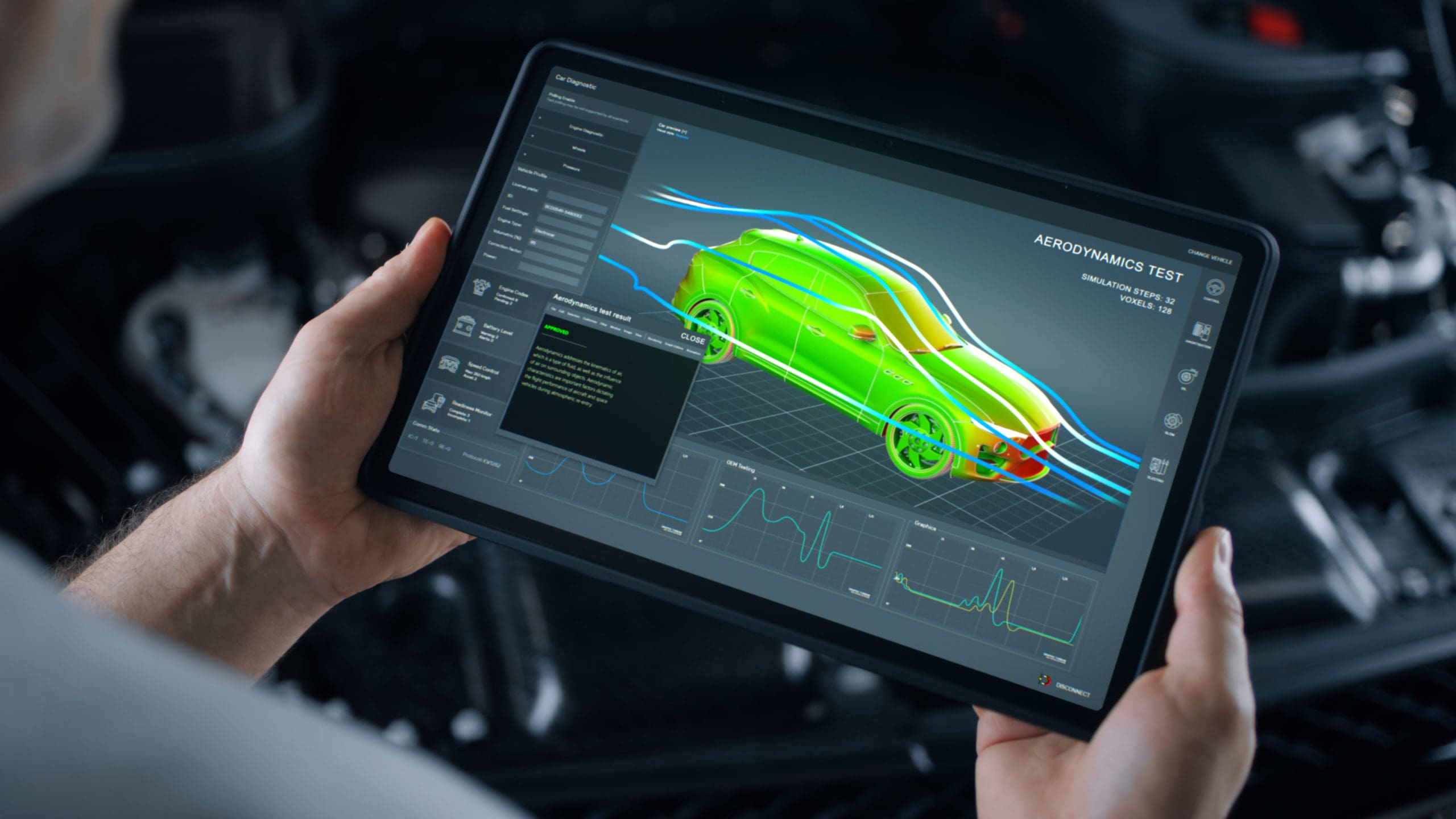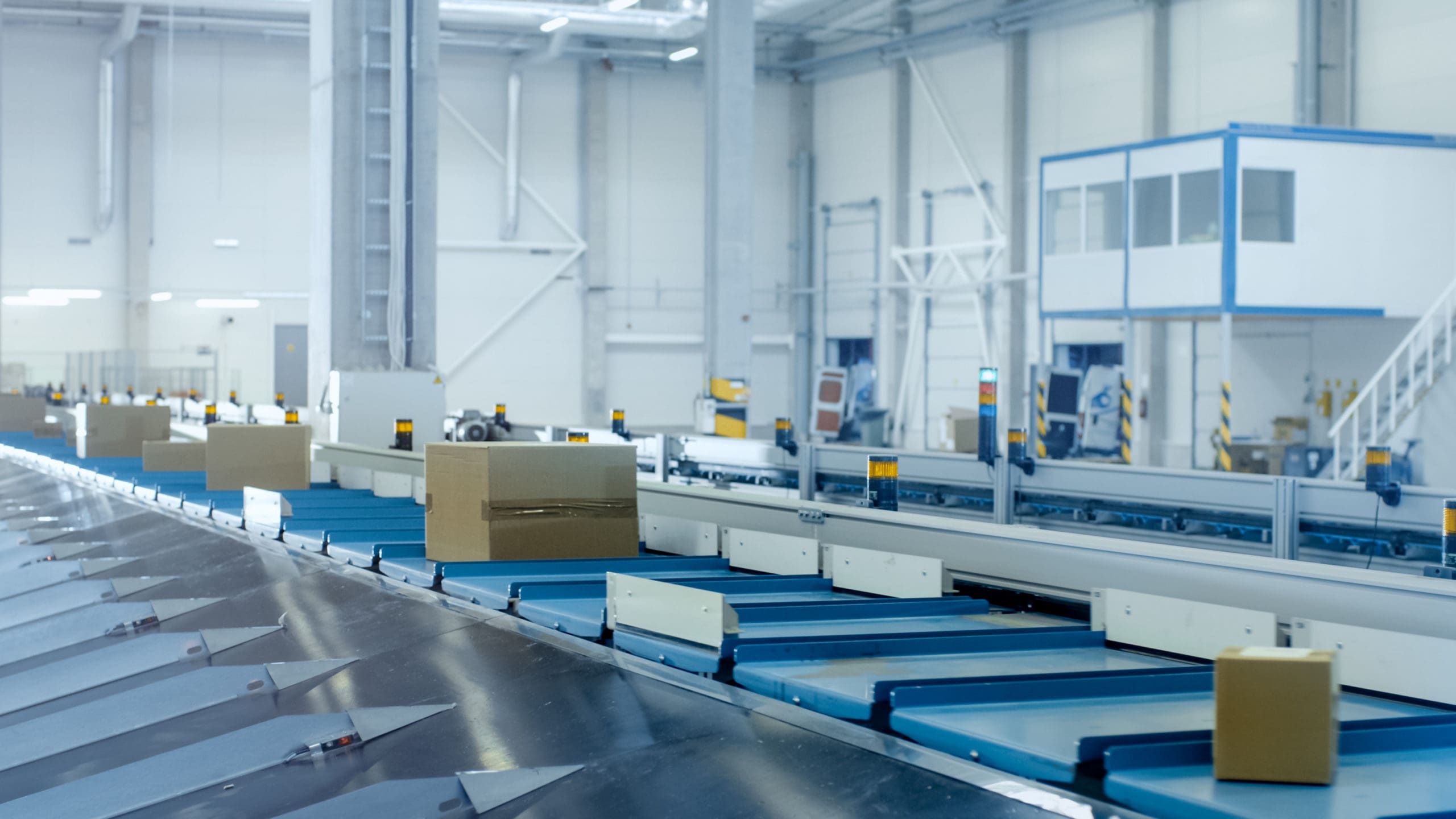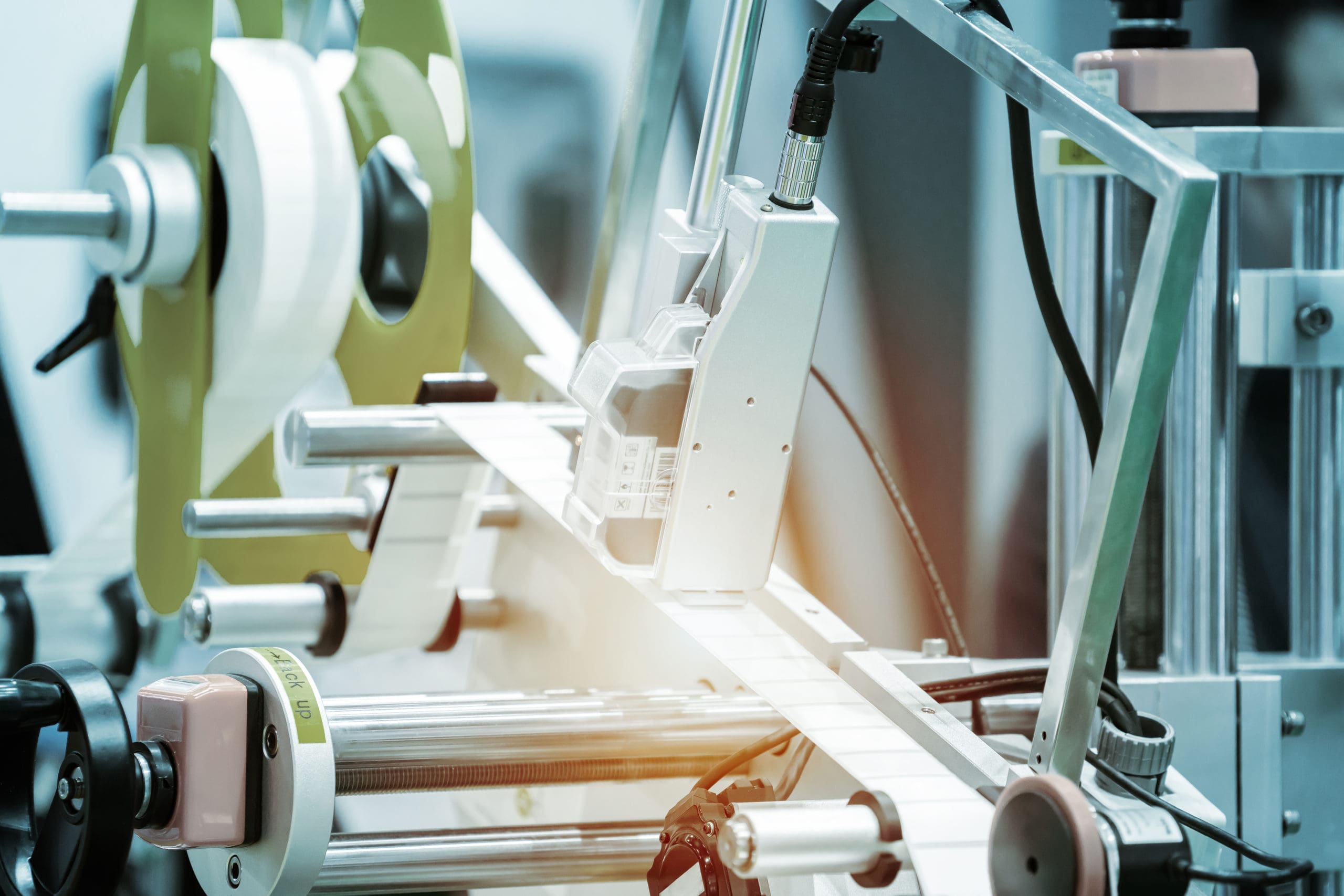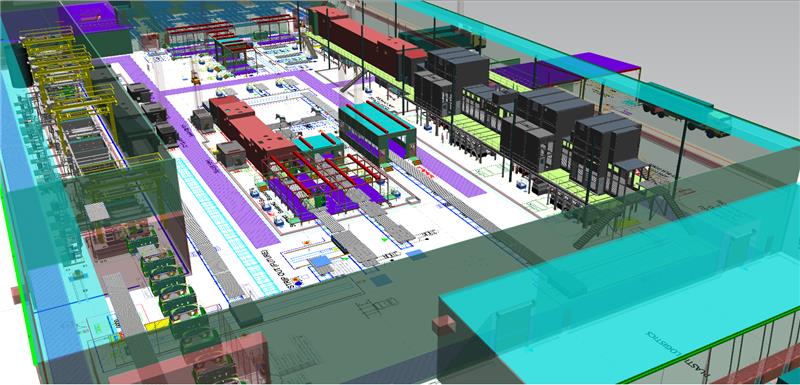Vehicle Assembly – Underbody Robotic Sub-Assembly
| By Matt Trueblood | 0 Comments

PROJECT
Underbody Robotic Sub-assembly
CUSTOMER
General Motors Corporation
Objectives
- Evaluate and prove the systems’ ability to meet throughput objectives of 90 JPH “gross” and 77 JPH “average yield.”
- Identify any deficiencies (bottlenecks) in cell flow as well as potential improvements to the cell design.
- Define the effects of downtime, part shortages and operator efficiency.
Description
A base model was developed for each of the subassembly cells under study. The base model simulation was run without the effects of downtime to verify that objective #1 was achieved and that input parameters were correct. Based on a random approach, downtime effects were applied to the model, and changes in the system behavior were recorded. This allowed the identification of system bottlenecks from statistical data. “What-if” scenarios were then performed on the simulation model to determine how the effects of downtime, material shortages and operator overcycles can be offset, thereby improving throughput.
“Bottom Line” Results
System Throughput: 78.5 JPH Base model
Downtime Applied: 73.9 JPH
Early and Late Breaks: 64.9 JPH
Part Shortages On: 59.3 JPH
Quality Issues On: 47.4 JPH
Station 13 identified as the system bottleneck. Part 14957 shortage significantly affected throughput.
Eliminating material shortages associated with part 14957 –> resulted in 52.1 JPH
Replacing Station 13 fixed conveyor with an accumulating conveyor –> resulted in 52.8 JPH
Improving Station 13 and Robot 11 cycle time to 40 sec –> resulted in 59.5 JPH
Eliminating early and late breaks –> resulted In (;1.4 JPH
Eliminating quality issue problems and resulting delays –> resulted in 84.2 JPH




